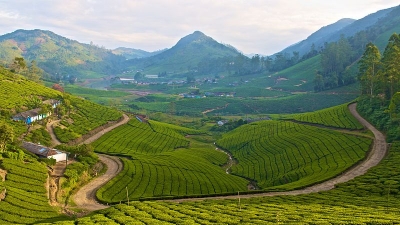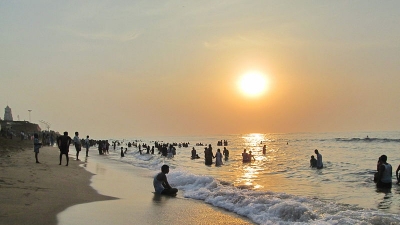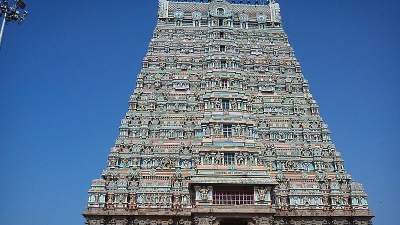Thiruvattar Attractions - Tourist Places To Visit In Thiruvattar
-
01Sri Adikesava Perumal
 + Read More
+ Read MoreSri Adikesava Perumal Temple is a Hindu temple in the town of Thiruvattar and is among the 108 Divya Desams, and therefore, many pilgrims visit the temple regularly. The temple is located in a scenic landscape with the three rivers Kothai, Pahrali and Thamirabarani flowing on the three sides of the temple.
The presiding deities inside the temple are Lord Shiva and Lord Adikesava Perumal. According to a legend, Lord Adikesava Swamy killed the demon Kesi in a fierce battle. The demon’s wife prayed to the rivers Ganga and Thamirabarani to help her destroy Lord Adikesava Swamy. However, she could not defeat the Lord.
The architecture of the temple is reminiscent of Kerala style with a huge courtyard and doors, pillars and roofs constructed using wood. The wood has been finely carved and depicts various Hindu Gods and Goddesses in different poses. Famous scenes from the major Hindu epics have also been beautifully carved on the pillar and roofs.
-
02Udayagiri Fort
+ Read MoreThe Udayagiri Fort in Tamil Nadu lies very close to the town of Thiruvattar and is about 14 km from the town of Nagarcoil. The fort cannot be missed since it is on the Thiruvanthapuram-Nagarcoil National Highway. The Fort was built in the 17th century, but the King Marthanda Varma of Travancore had the fort re-built in the 18th century.
The main reason for building the fort was to have a place for casting guns. For this purpose, a foundry was especially built. The foundry still survives to this day, and captures the interest of many tourists.
The fort has housed many famous prisoners including Tipu Sultan who was imprisoned in the fort for a brief time. The effects of time and nature can be seen upon the Fort, but regardless, the structure stands tall and majestic and is an evidence of the rich and brave history of Thiruvattar.
-
03Mathur Hanging Bridge
+ Read MoreMathur Hanging Bridge or Mathur Hanging Trough is situated near the town of Thiruvattar and is mainly a watercourse or a pipe used for transporting water. The bridge has been built over the river Pahrali. It has been named after the small village of Mathur that lies close to the aqueduct. The Mathur Bridge is 3 km away from Thiruvattar and is at a distance of 60 km from Kanyakumari.
The bridge has the distinction of being the tallest, as well as the largest aqueduct in the whole of South Asia. What started out as a relief measure for drought atrocities in 1966 has now become a famous tourist destination of south India. To encourage the influx of tourists, the tourist department has taken steps to improve the facilities being provided in the area.
The area surrounding the aqueduct is maintained throughout the year, so as to make the place all the more attractive to tourists. One can see lush green fields, softly rolling hills of the Western Ghats and the gently moving grasslands by standing at the centre of the duct.
-
04Thirparappu
 + Read More
+ Read MoreThirparappu is a small village in the Kanyakumari District and is very popular because of the waterfalls located in the region. The waterfalls are located at a distance of about 10 km from the town of Thiruvattar and make the surrounding locale breathtakingly scenic and picturesque.
The waterfalls owe their origin to the Kothai river. The river descends down from an altitude of 50 ft creating musical waterfalls that are at least 300 ft long. The fall remains active for most part of the year and runs dry only for four months.
To make the waterfalls a popular tourist destination, the tourism department has constructed a children’s swimming pool as well as a dressing room in the vicinity. Very close to the waterfalls is a temple dedicated to Lord Shiva and is popularly known as Mahdever Kovil. Many tourists visit the temple despite the strong fortress-like construction that has been done to protect the temple.



 Click it and Unblock the Notifications
Click it and Unblock the Notifications






